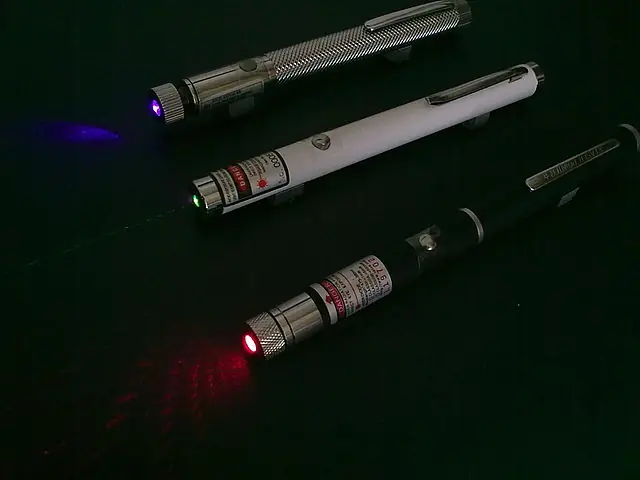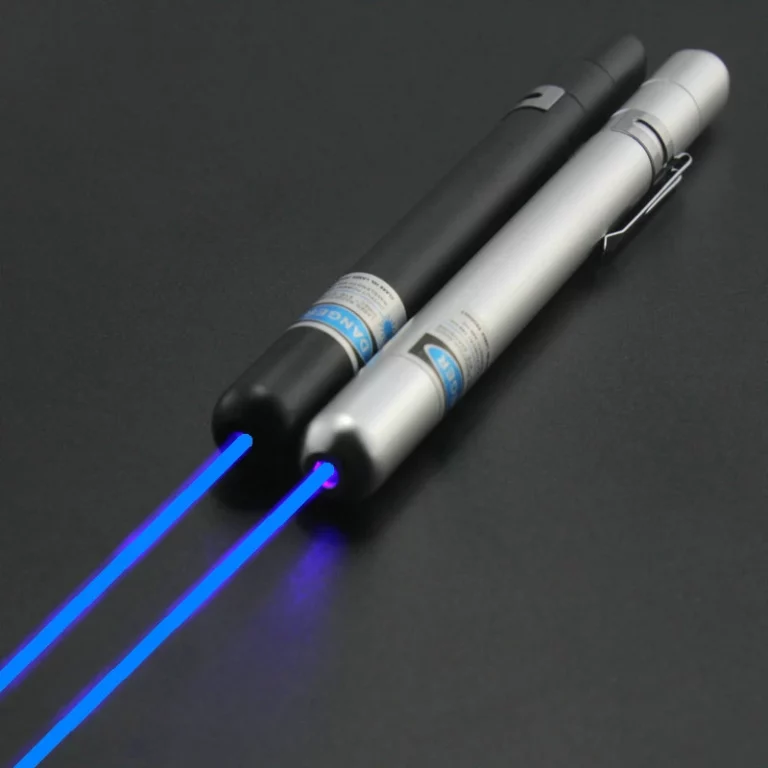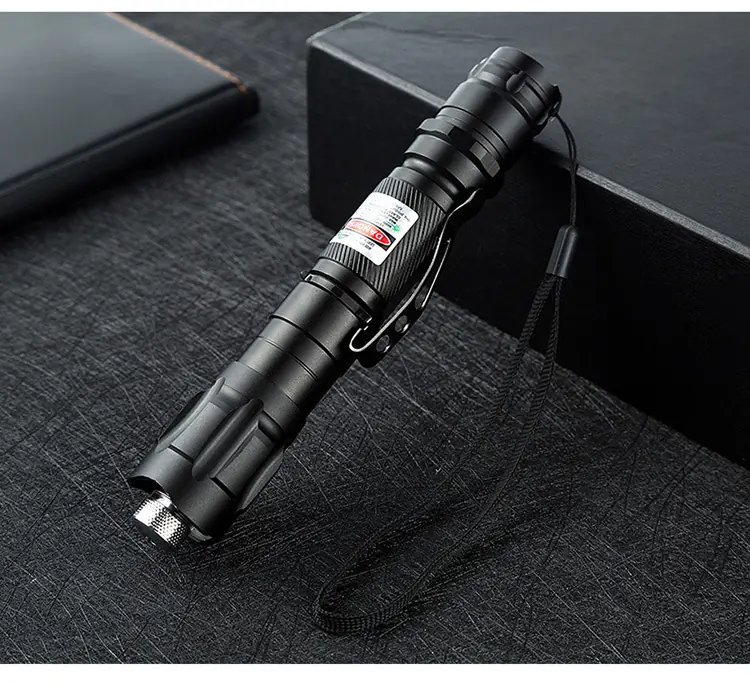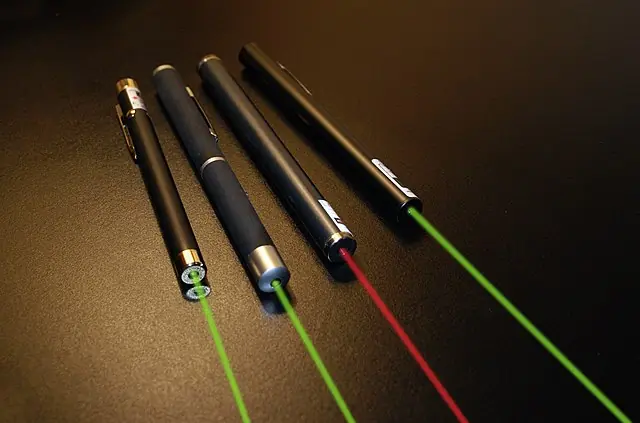When To Wear Laser Safety Goggles?

Laser safety goggles are a crucial safety tool for anyone working with or around lasers. They protect the eyes from the potentially harmful effects of laser radiation, including burns, retinal damage, and even vision loss. However, not all lasers are equal in terms of their potential to cause harm, and therefore, not all situations require the use of protective laser goggles. In this article, we will explore when protective laser goggles should be used and why they are necessary in certain situations.
First, let’s define what we mean by “protective laser goggles.” These are specialized eyewear designed to absorb or reflect the specific wavelengths of laser radiation that may be harmful to the eyes. They are typically made of materials such as filters or coatings that are applied to the lenses, or they may be made of a solid, transparent material that absorbs or reflects the laser radiation. Protective laser goggles come in various forms, including glasses, goggles, and helmet-mounted eyewear, depending on the specific application and the user’s needs.
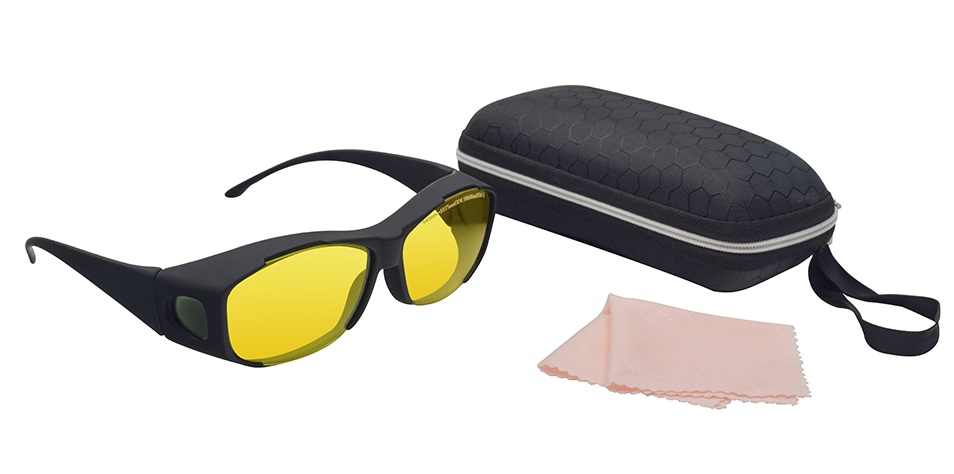
So, when should you use protective laser goggles? There are a few key factors to consider when determining the appropriate level of protection for a given situation.
- Laser class and wavelength: The first factor to consider is the class and wavelength of the laser being used. Laser class refers to the level of risk associated with a particular laser, based on its power output and the potential for eye injury. Laser goggles are typically rated for specific laser classes, with higher-numbered classes requiring more protective eyewear. For example, Class 1 lasers (the least hazardous) may not require any special eyewear, while Class 3B or 4 lasers (more hazardous) may require full-face protection. Wavelength is also important, as different types of laser goggles may be required for different wavelengths of laser radiation.
- Duration of exposure: The length of time that a person is exposed to the laser is also important in determining the appropriate level of protection. For brief exposures to lasers, such as when using a laser pointer, basic eyewear may be sufficient. However, for longer exposures or higher-powered lasers, more protective eyewear may be necessary to ensure the safety of the user.
- Distance from the laser: The distance between the user and the laser is another factor to consider when determining the appropriate level of protection. The closer the user is to the laser, the greater the potential for eye injury. For this reason, protective laser goggles are often recommended for any situation in which the user may be within a few meters of the laser.
In summary, protective laser goggles should be used whenever a person is working with or around lasers that have the potential to cause eye injury. The specific level of protection required will depend on the laser class and wavelength, the duration of exposure, and the distance from the laser. By following these guidelines and using the appropriate protective eyewear, you can ensure the safety of yourself and others in any laser-related situation.

